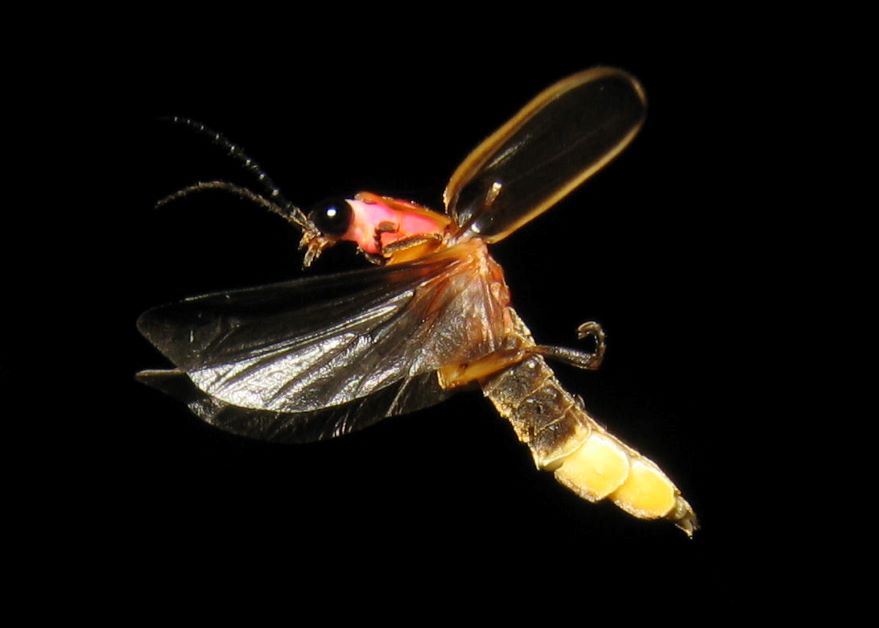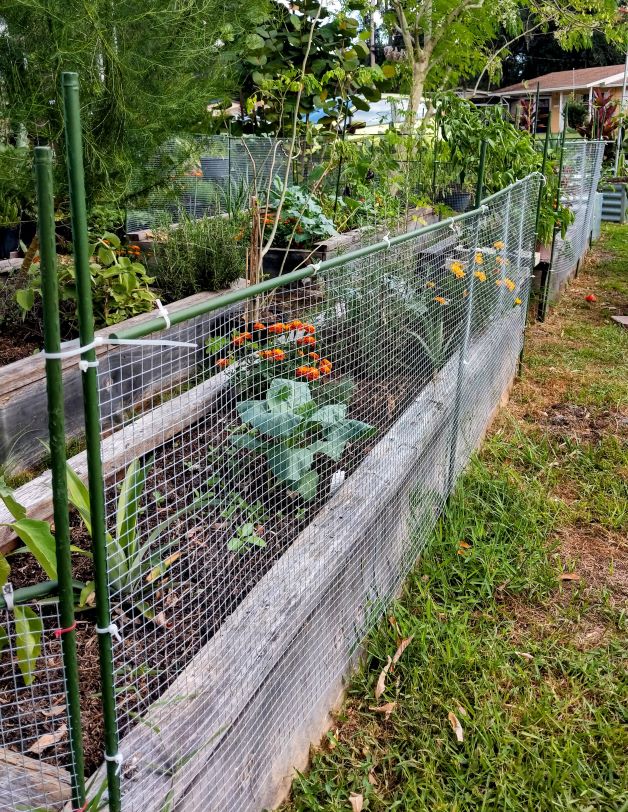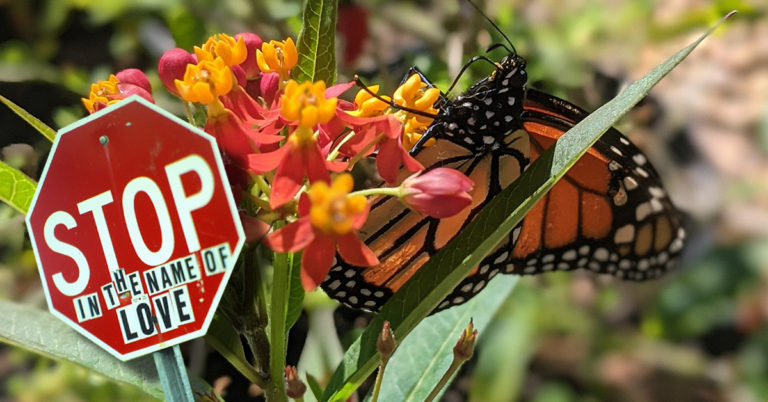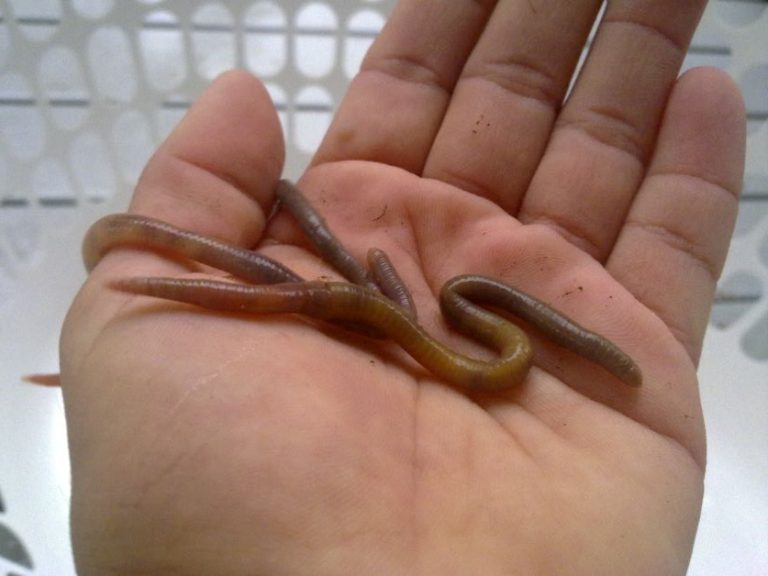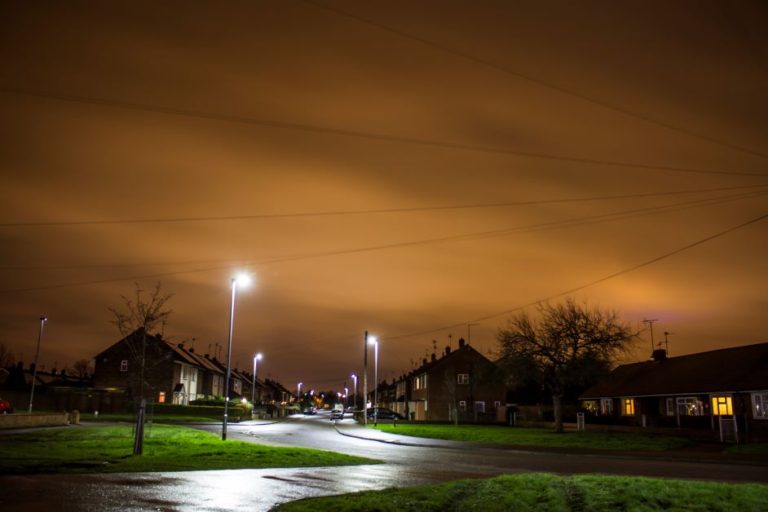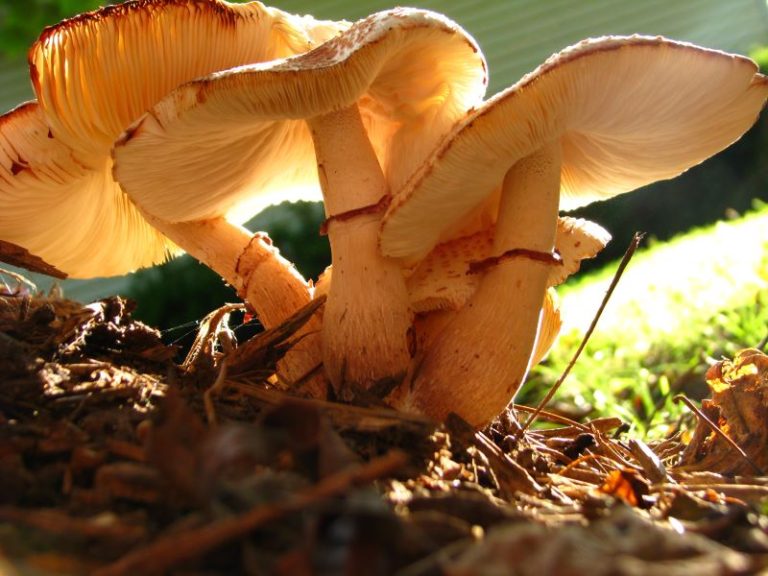10 Ways to Attract Lightning Bugs to Your Yard
I took a trip to the Suwannee River in North Florida and I couldn’t believe how many lightning bugs I saw. Thousands and thousands of tiny little flashes illuminated the woods around the cabin we rented. I live in Central Florida and have never seen a lightning bug in my yard, although they were a summer staple growing up in Michigan.
Coincidentally, there are 20 species of lightning bugs found in Florida, which is more than any other state. Unlucky for me, lightning bugs are mostly found in North Florida and other rural areas. Now that I know that lightning bugs do live in Florida, I wanted to know why they weren’t in MY part of Florida.
There are many reasons why you don’t see lightning bugs in your area, and not surprisingly, a lot of those reasons are man-made.
Take a look through this list and learn ways to attract lightning bugs and why these beautiful critters are beneficial for your garden.
1. Understand the Life Cycle of a Lightning Bug
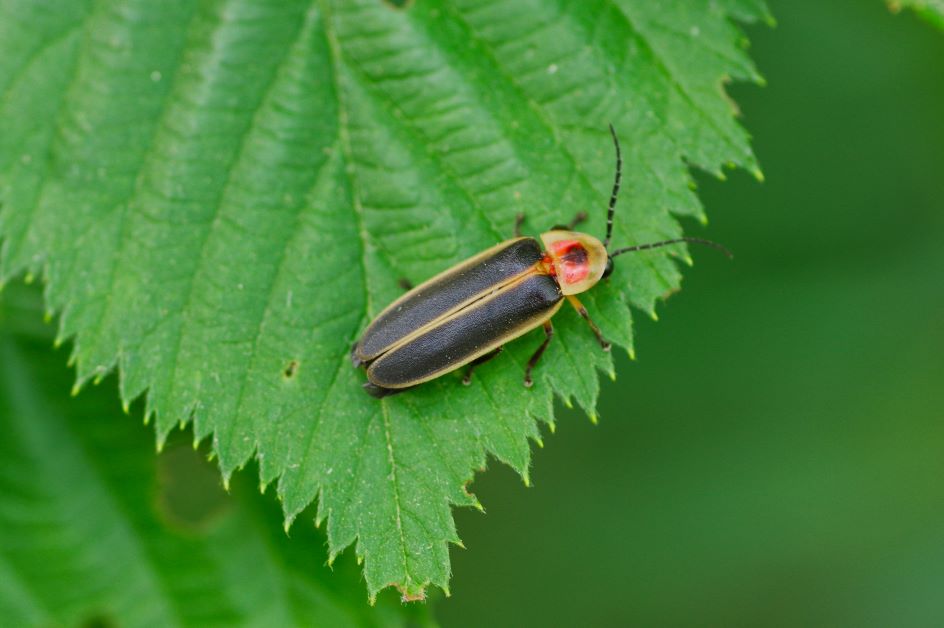
The first thing you must do to attract lightning bugs is to understand their life cycle and habitat.
Lightning bugs (or fireflies) are actually nocturnal beetles. There are more than 2,000 species of lightning bugs in the world.
Female lightning bugs lay their eggs in the ground, which then hatch into larvae. Like adults, lightning bug larvae also glow, but not as strongly. Larvae live in the top layer of the soil and leaf litter. During this time, they eat pests until they form into an adult lightning bug. Lightning bugs spend 95% of their lives as larvae – it can take up to 2 years for larvae to grow into an adult.
As an adult, the lightning bug has 1 to 2 weeks to find a mate and lay eggs. The flashing patterns you see from adult lightning bugs are their mating signals. Once the female mates successfully, she lays eggs, dies, and the cycle continues.
2. Keep Your Soil Healthy
Now that you know the life cycle of the lightning bug, you can see how it is important to have healthy soil to give the lightning bugs a place to lay their eggs.
Keep your soil healthy by incorporating plenty of organic matter into it. Decaying logs, grass clippings, and oak leaf compost are all good things to use to amend your soil.
Soil pH can also have an effect on lightning bug larvae. A study showed that highly acidic soil and/or soil with a lot of heavy metals was harmful to the development of lightning bug larvae.
Taking steps to attract lightning bugs to your yard will not only improve your soil, but lightning bugs can help with pest problems, too. Lightning bug larvae (also known as glow worms) feed on slugs, snails, and caterpillars.
3. Stop Light Pollution
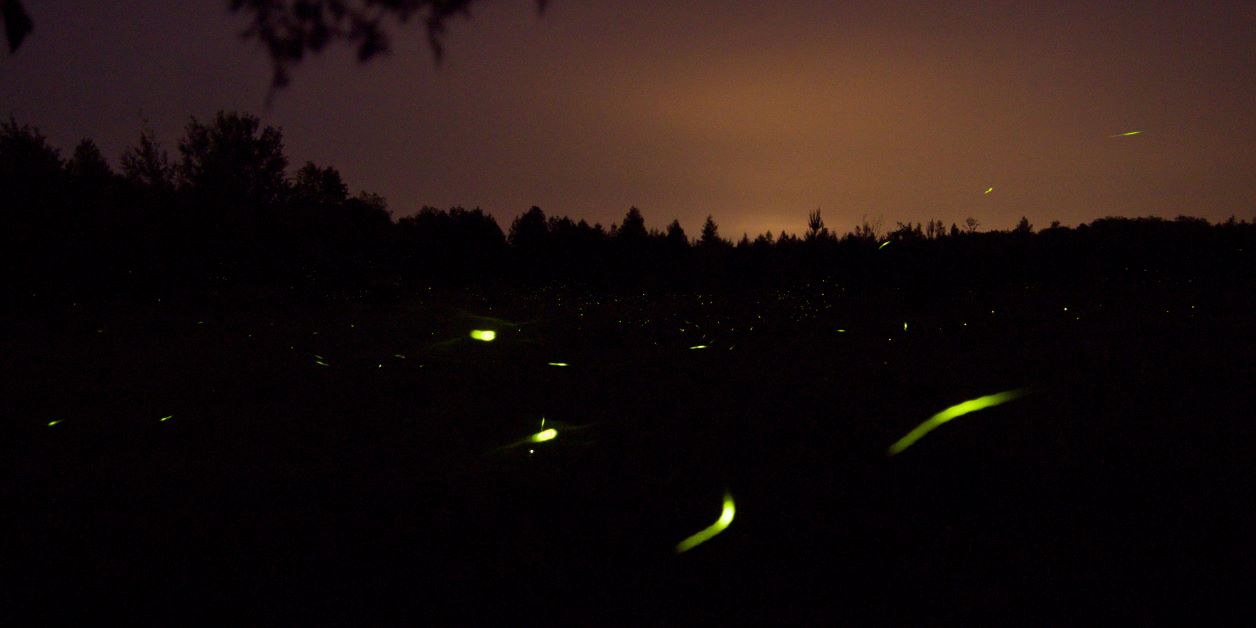
Light pollution is a HUGE reason why you won’t see lightning bugs in suburban and urban areas. Artificial lighting scares away the lightning bugs and disrupts their mating.
To cut down on light pollution around your house:
- Use warm-light LEDs instead of blue-rich white LEDs.
- Choose LED bulbs under a 3,000 Kelvin rating.
- Use an International Dark Sky Association (IDA) approved porch light.
- Point your house lights down instead of up.
- Turn off unnecessary lights and don’t leave your porch light on all night if you don’t have to.
- Close your curtains at night.
4. Let Your Grass Grow
I’ve said it before and I’ll say it again: I hate meticulously manicured lawns. They’re a waste of time, space, and pollute the environment with fertilizer run-off.
Chilling out about your lawn can also help the lightning bug population – lightning bugs like to rest and hide in tall grass during the day. At night, grass acts as a perch for females looking for a mate. If you can’t get away with mowing less often, then set your lawnmower blade higher.
If you want to take it one step further and get rid of your lawn altogether, start by checking out my list of Florida groundcover plants. Just imagine the little home a lighting bug could make out of a beautiful patch of muhly grass.
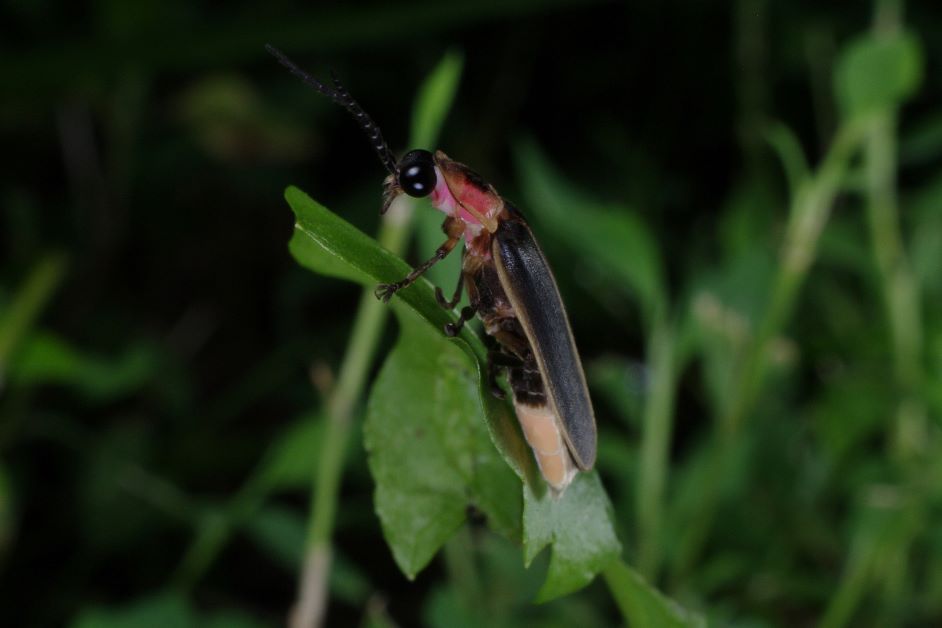
5. Just Add Water
Lightning bugs love water. You can go the extra mile by installing a water feature or pond on your property.
Some resources say to fill a kiddie pool with water and leave it in your backyard to help attract lightning bugs. DON’T DO THAT. Standing water provides a breeding ground for mosquitoes, which can lead to disease. Skip the stagnant water and add fresh, flowing water to your yard if you can. This is a big ask, though. If you can’t swing a water feature, don’t fret. There are a lot of other things you can do to help our flashing friends.
6. Don’t Use Chemicals
The same chemicals that kill pests in your garden also kill lightning bugs. B.T. Monterey might be an effective organic treatment for Japanese beetle larvae, but it’ll kill lightning bug larvae, too. Lightning bugs are beetles, after all.
Spraying for mosquitoes can also affect the lighting bug population. Instead of spraying, use mosquito pellets or all-natural repellants like citronella. Planting lemongrass can also help keep mosquitoes at bay.
If you can help it, it’s best to avoid chemical pesticides unless absolutely necessary.
7. Know What Plants Attract Lightning Bugs
If you want to lure lightning bugs into your yard, you have to plant the right plants. Lightning bugs use plants to hide, for places to mate and lay eggs, and places to find food. Lightning bugs are also pollinators. Flowers that bloom often or for a long time also help to entice lightning bugs to hang around.
Here’s a list of Florida native grasses and flowers that attract lightning bugs:
Grasses – Fakahatchee grass, sea oats, river oats, switchgrass, Indiangrass, Elliot’s lovegrass, cordgrass, Florida gama grass, purple lovegrass, wiregrass
Flowers – Stokes’ aster, Senna liguistrina, frog fruit, frostweed, goldenrod, cardinal flower, common boneset, saltmarsh morning glory, Alamo vine, southern dewberry, milkweed
8. Leave the Leaves Alone
Decaying leaves are important for lightning bug habitats in a couple of different ways. Leaves on the ground give lightning bugs a place to hide and lay their eggs. Decaying leaves also attract slugs and snails, a main component of the lightning bug larvae’s diet.
If you want to have a lot of lightning bugs in your garden, then you have to leave your leaf litter alone. When you rake and bag your leaves, you’re also raking and bagging up firefly larvae.
Like leaving your lawn to grow, ignoring fallen leaves can be hard for some people. If you absolutely have to rake, designate a spot in your yard for leaf composting.
Rake your leaves into a mound somewhere on your property, wet it down, and keep it moist for about 6 months. The mound will attract slugs and snails, providing food for larvae. You can also create a border of dead leaves around your yard to give lightning bugs a place to lay their eggs.
9. Plant Native Trees

Overdevelopment and suburban sprawl are devastating for the lightning bug population. A way to combat this is to plant native trees on your property, specifically pine. Lightning bugs love pine trees because they give them cover to mate and block out artificial light. Fallen pine needles also make an excellent home for lightning bug larvae.
Florida native pine trees include:
- Slash pine
- Sand pine
- Longleaf pine
- Loblolly pine
- Pond pine
- Spruce Pine
- Shortleaf Pine
10. Practice the No-Till Technique
There are many times you might have to dig up the soil in your garden. You might need to dig everything up to get rid of weed overgrowth at the start of a planting season or rip out sod to start a new garden bed. This is also known as tilling. This might ring a bell if you’ve ever seen or used a roto-tiller.
Tilling your soil causes soil erosion, disrupts the micro-biome, and kills lightning bug eggs and larvae. To encourage the lightning bug population, you should practice organic no-tilling instead.
Organic no-tilling is all about disturbing the soil as little as possible. Some no-till techniques include:
- Planting cover crops during the fall and winter to help prevent weeds.
- Using a tarp or cardboard to cover your garden beds during the off-season.
- Practicing hugelkultur, or lasagna-style gardening.
- Layer untreated wood chips or pine straw over your lawn to kill off sod and weeds when starting a new bed.
The takeaway is this: the more natural your yard, the more likely it is you’ll see lightning bugs. You also need to have patience. It’s taken years to scare away (or worse, kill off) the lightning bug population. It’ll take years to bring them back. In the meantime, enjoy the beauty you’ve created in your yard and take pride in the fact that you’re doing your best to help our lightning bug buddies.
Featured Photo Credit: Terry Priest

